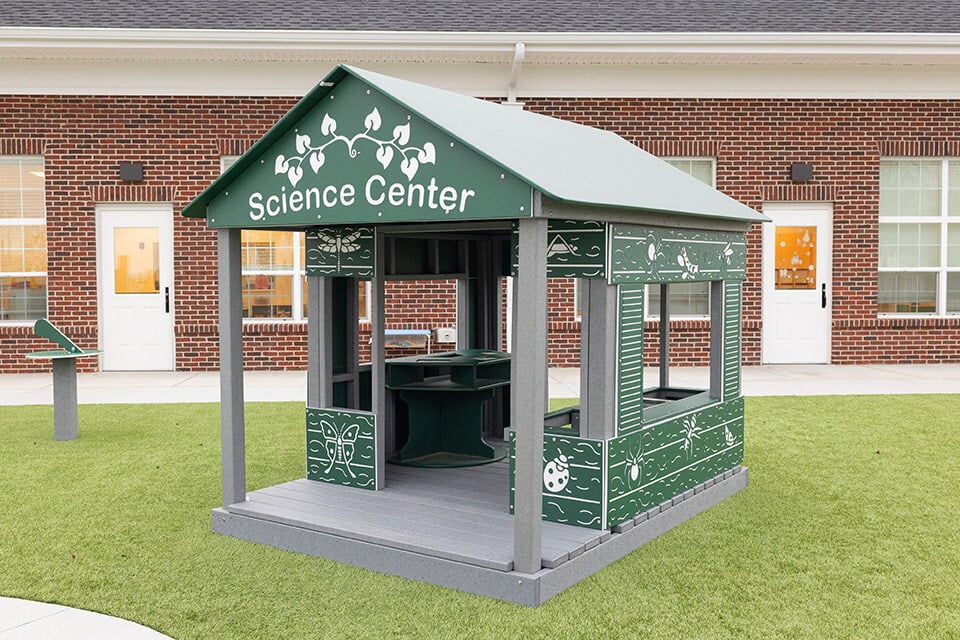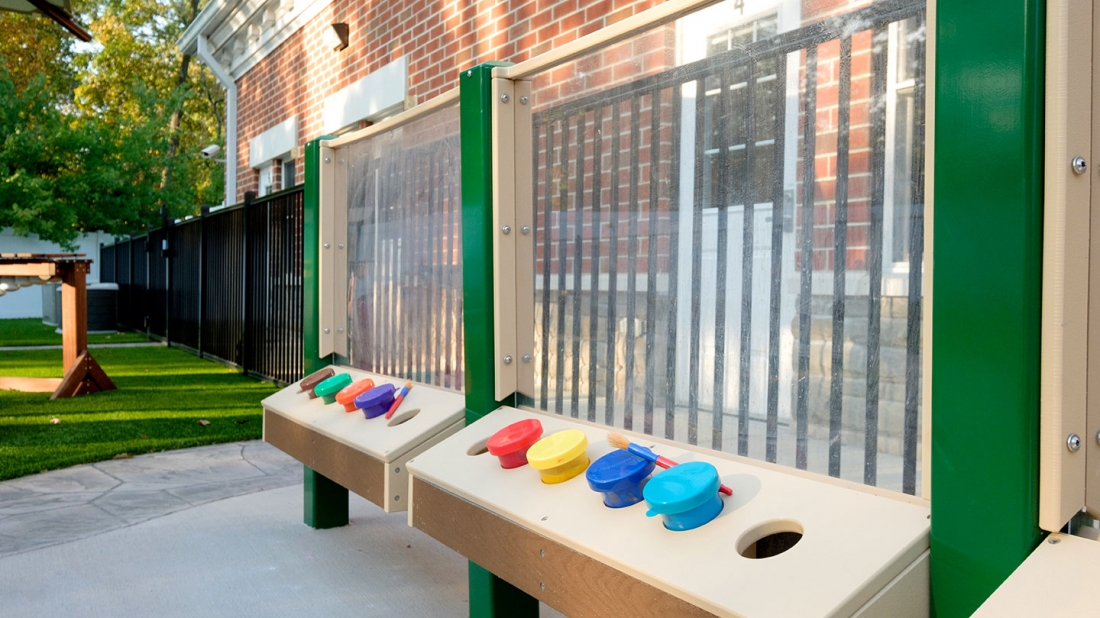-
Broken Equipment: Check for broken equipment such as loose bolts, missing caps, and cracks. Be sure to check for cracks in the plastic. If you do find a broken piece, you will want to assess the severity of the issue and determine whether or not the piece needs to be immediately shut down, repaired as soon as possible, or repaired when time and money allow.
-
Broken Glass, Trash, and Debris: Keep your playground clean. By disposing of broken glass and other trash, you can prevent cuts and unsanitary conditions. If you notice that trash and debris are a continual problem in your outdoor play area you might want to consider adding trash cans to help alleviate the problem.
-
Loose Anchoring: The durability of the equipment is questionable if the equipment isn’t securely anchored. If equipment is loose, you will most likely want to shut down the piece of play equipment until it can be repaired. Always check with the manufacturer to see what they recommend.
-
Inspect Damage: Insects can severely damage your equipment if it consists of natural materials. Keep in mind that if you include natural materials in your play area they will require annual upkeep. You should check for rough spots and regularly sand them down to help prevent splinters. You can also seal in wood to help smooth out the pieces and keep their color.
-
Problems with Surfacing: Your surfacing is vital to maintaining a safe play environment. If your playground has loose-fill surfacing, ensure that the surfacing hasn’t been displaced in high-use areas such as under swings and slide exits. This can be facilitated by marking ideal surfacing depths on equipment posts. If you have unitary surfacing, check for holes, flakes, and buckling. You will want to seal your unitary surfacing every other year and patch any holes or cracks whenever you see them.
-
User Modifications: Check for user modifications such as ropes tied to parts or equipment that has been rearranged. These modifications will need to be removed and you will need to check that it has not caused any permanent changes to the play equipment.
-
Vandalism: Be sure to check for vandalism of all types – from graffiti to equipment tampering. If so, do your best to clean the graffiti. If it cannot be removed, you should consider removing or replacing the piece.
-
Rusted or Corroded Metals: The durability of your equipment becomes questionable if you have rusted or corroded metals. Check carefully where metals come in contact with the ground. It is also important to check in between each piece of the swing chain and connection points on the swing frame.
If you ever have any questions about your equipment, your first step should always be to reach out to the equipment manufacturer. The manufacturer will be able to help with any replacement parts that you might need to repair your existing equipment. If you decide to add new pieces of play equipment, be prepared to get a playground inspection by a Certified Playground Safety Inspector to meet your state’s licensing requirements.
Having a thorough inspection checklist for your playground is extremely helpful, so we've created one at the link below. For more research on keeping children in your care safe, reference one of our many playground safety guides.
.jpg)


